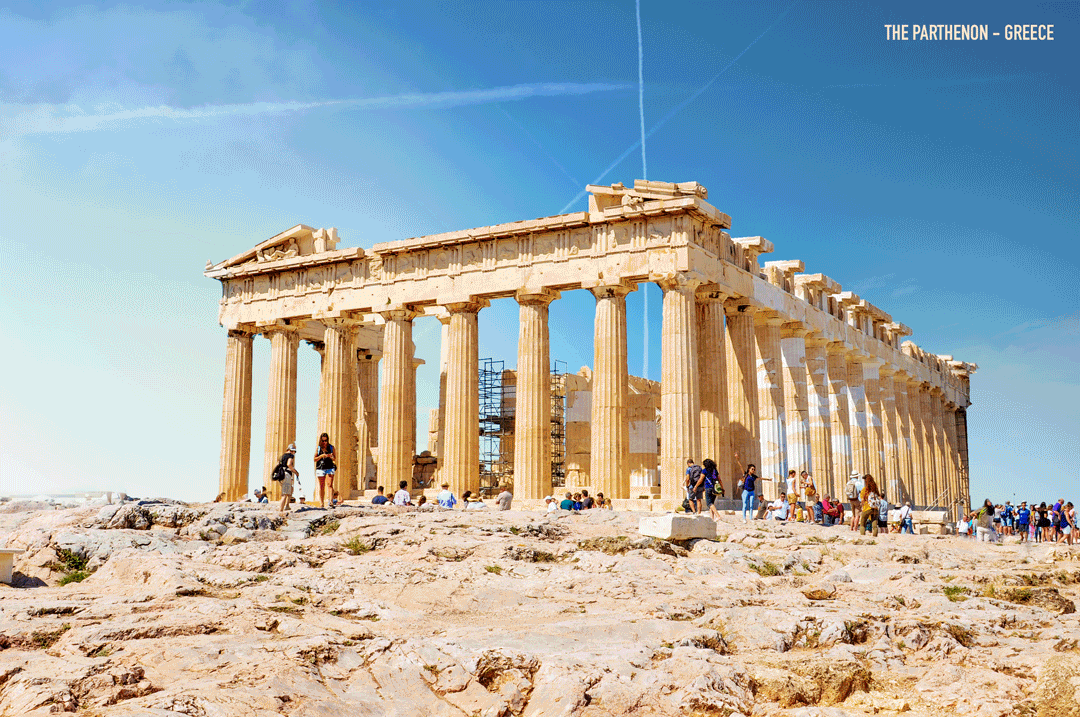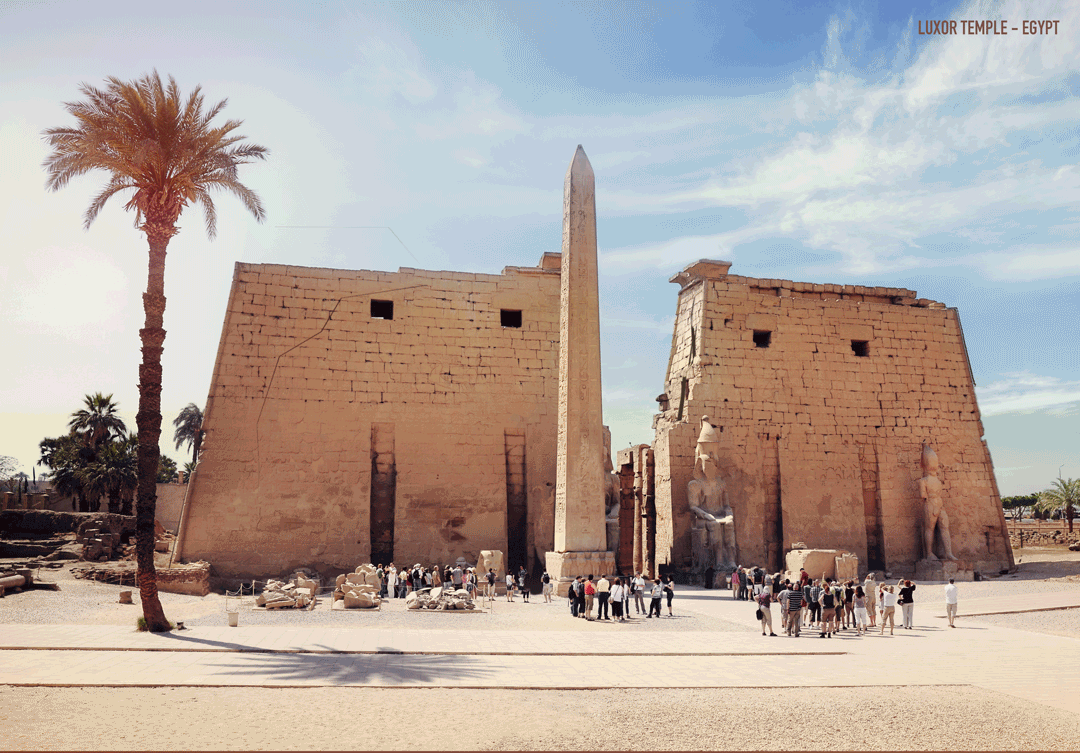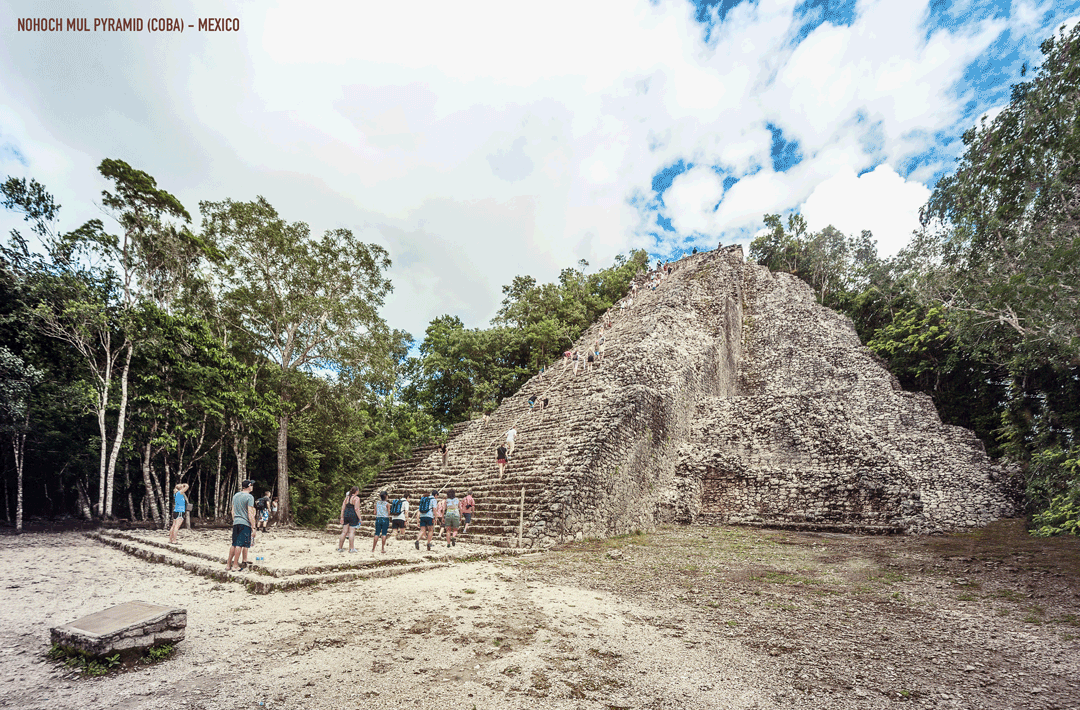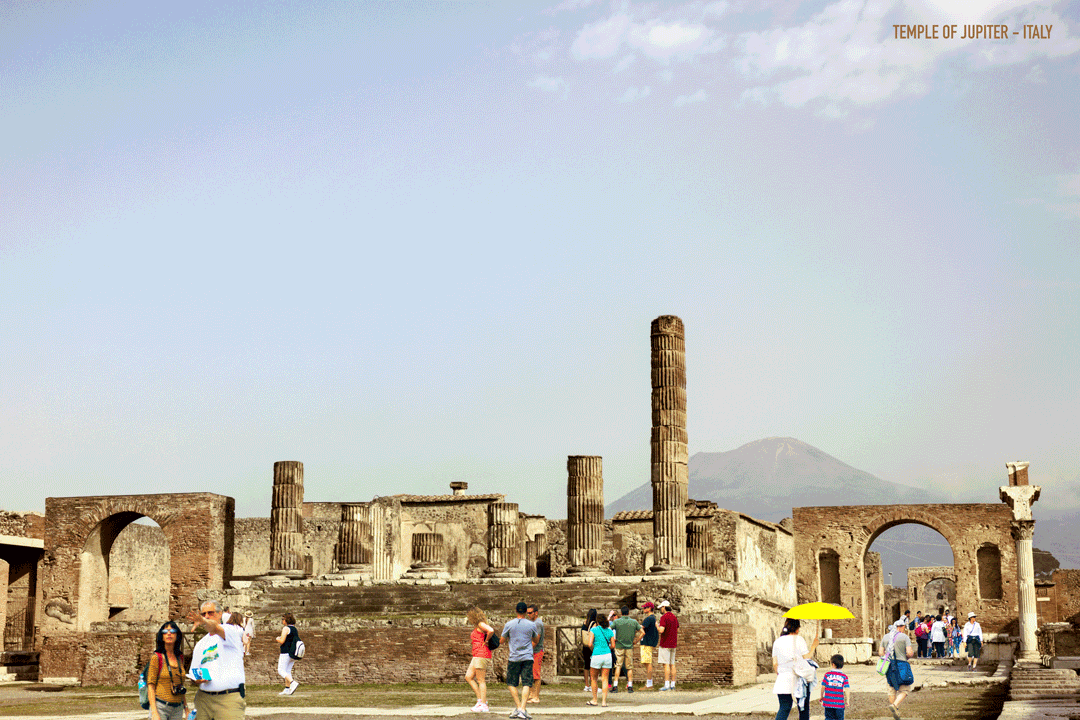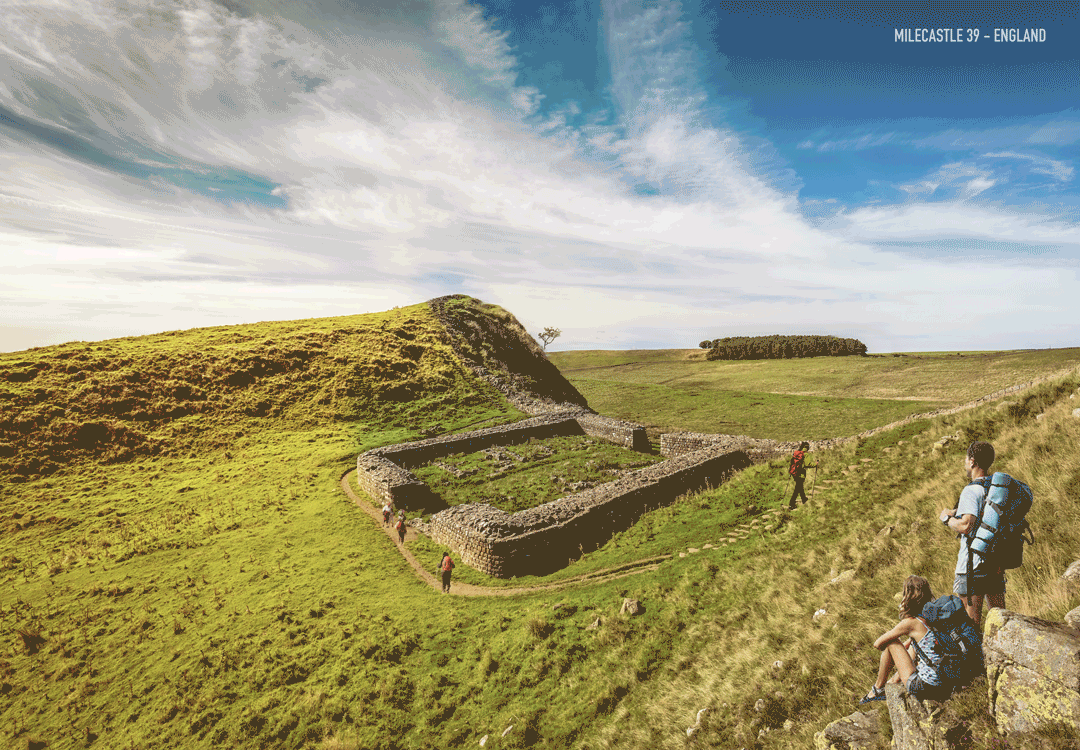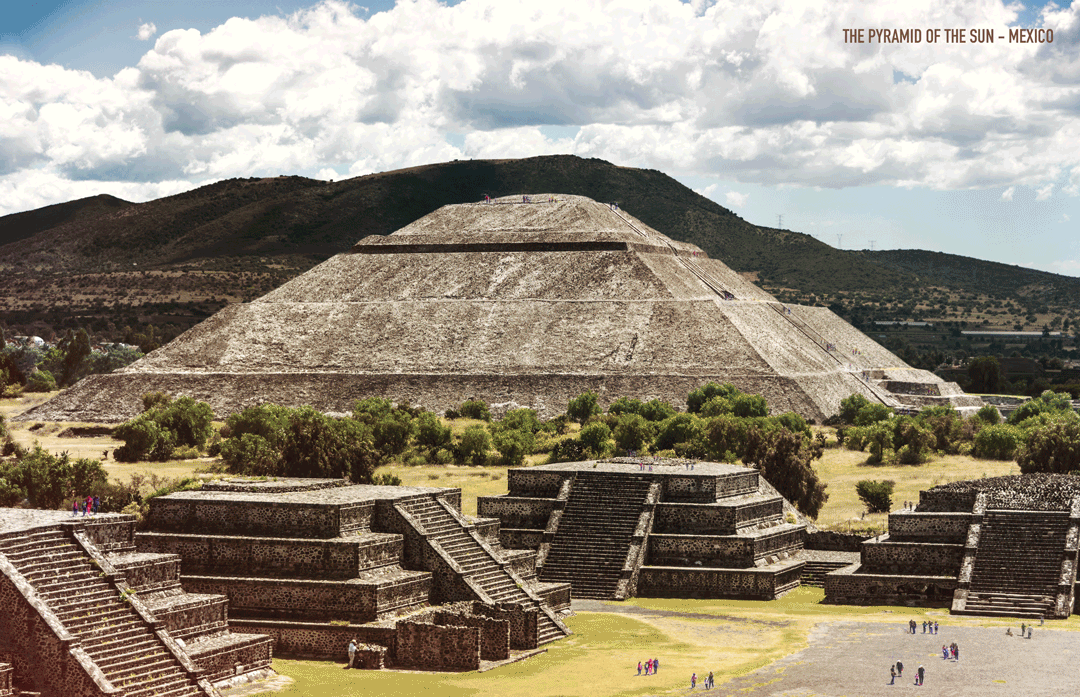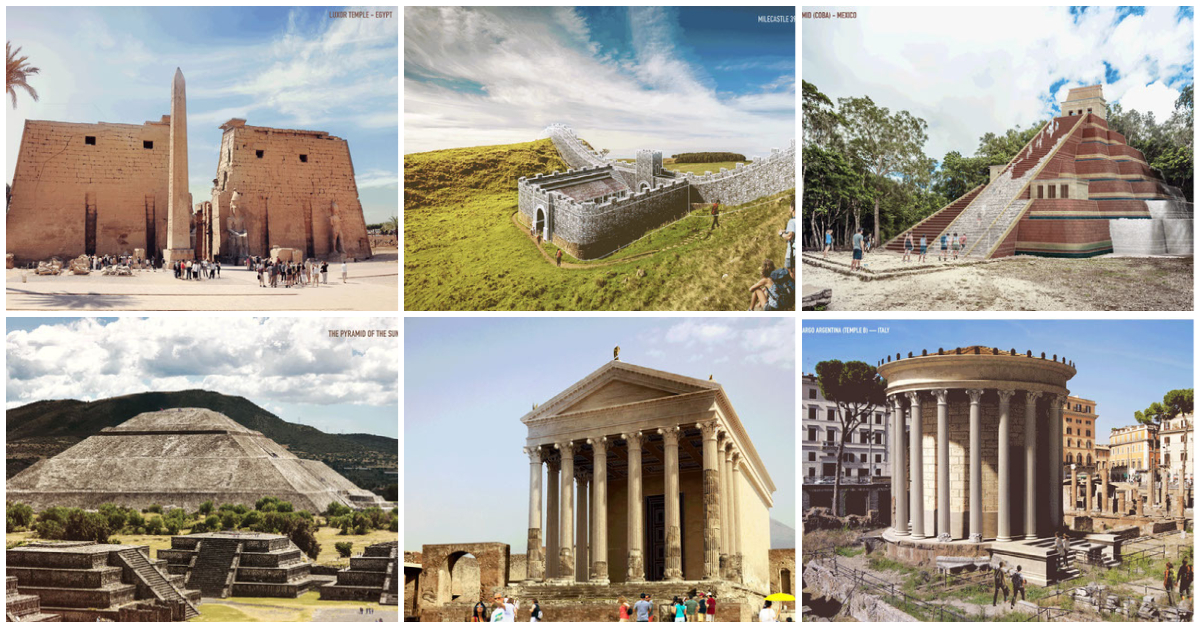The secrets behind the monuments of architecture take us on a journey to the past and reveal a lot about a civilization; “how people lived, the spaces they inhabited and their daily lives.”
Historians, architects and travellers alike marvel at these remnants of time past, but it’s often hard to get a sense of what these spectacular buildings would have looked like at their peak. We decided to step back in time and recreate some of our favorite ancient ruins in their original locations.
7 Ancient Architecture Monuments Open a Fascinating Window to the Past
-
The Parthenon Athens, Greece / 432 BC
The Parthenon is one of the monumental symbols of architecture. Built in the 15 year period between 447-432 B.C., this ancient Greek temple was designed as a replacement for a temple destroyed by the Persians in 480 B.C. . Made of Pentelic marble, it was designed by the architect Iktinos to hold the monumental gold and ivory statue of Athena designed by the sculptor-architect Pheidias.
-
Luxor Temple Luxor, Egypt / 1380 BC
Largely built by the New Kingdom pharaohs Amenhotep III (1390–1352 BC) and Ramses II (1279–1213 BC), this temple is a strikingly graceful piece of architecture in the heart of the modern town. Also known as the Southern Sanctuary, its main function was during the annual Opet celebrations, when the statues of Amun, Mut, and Khonsu were brought from Karnak, along the Avenue of Sphinxes, and reunited here during the inundation.
-
Nohoch Mul Pyramid (Coba) Quintana Roo, Mexico / 100 BC-100 AD
At 137-feet tall, Nohoch Mul, which means “great mound,” is the tallest Mayan pyramid on the Yucatan Peninsula and the second tallest Mayan pyramid in the world. This monumental architecture is located at the archaeological site of Cobá in Mexican state Quintana Roo. Although it was discovered in the 1800s, the archaeological site wasn’t opened to the public until 1973 because the surrounding thick jungle made it too difficult to get to.
-
Temple of Jupiter Pompeii, Italy / 200 BC
Pompeii was occupied by the Romans beginning in 310 BC. It maintained much of its autonomy, however, until the Italic Revolt against Rome at the beginning of the 1st century BC. In 89, the town was besieged by Sulla. The architecture of the town had been largely changed by the Greeks, but the Roman rule would soon lead to alterations in this style. In contrast to the previous occupiers, the Romans believed in the importance of architecture in religious and civic life.
-
Milecastle 39 (Part of Hadrian’s Wall) Northumberland, England / 100 AD
Hadrian’s Wall stretches coast to coast across northern England, from Wallsend in the east to Bowness-on-Solway on the west coast. Considered as the most famous of all the frontiers of the Roman empire, Hadrian’s Wall stands today as a reminder of the past glories of one of the world’s greatest powers. Hadrian’s Wall was made a World Heritage Site in 1987 and is part of the transnational Frontiers of the Roman Empire World Heritage Site.
-
The Pyramid of the Sun, Teotihuacán Teotihuacan, Mexico / 200 CE
The large pyramid in the ancient city of Teotihuacán, Mexico, was built about 100 CE and is one of the largest structures of its type in the Western Hemisphere. The pyramid rises 216 feet (66 meters) above ground level, and it measures approximately 720 by 760 feet (220 by 230 meters) at its base. The Pyramid of the Sun dominates central Teotihuacán from the east side of the Avenue of the Dead, the main north-south artery of the city and it was constructed of about 1,000,000 cubic yards (765,000 cubic meters) of material.
-
Area Sacra di Largo Argentina—Temple B Rome, Italy / 101 BC
The Area Sacra or Sacred Area of Largo di Torre Argentina has the remains of four of the oldest temples in Rome, Italy. They were discovered during city remodeling works in the 1920s and date back to the Republican era, when they were built to commemorate triumphant victories over other realms.


